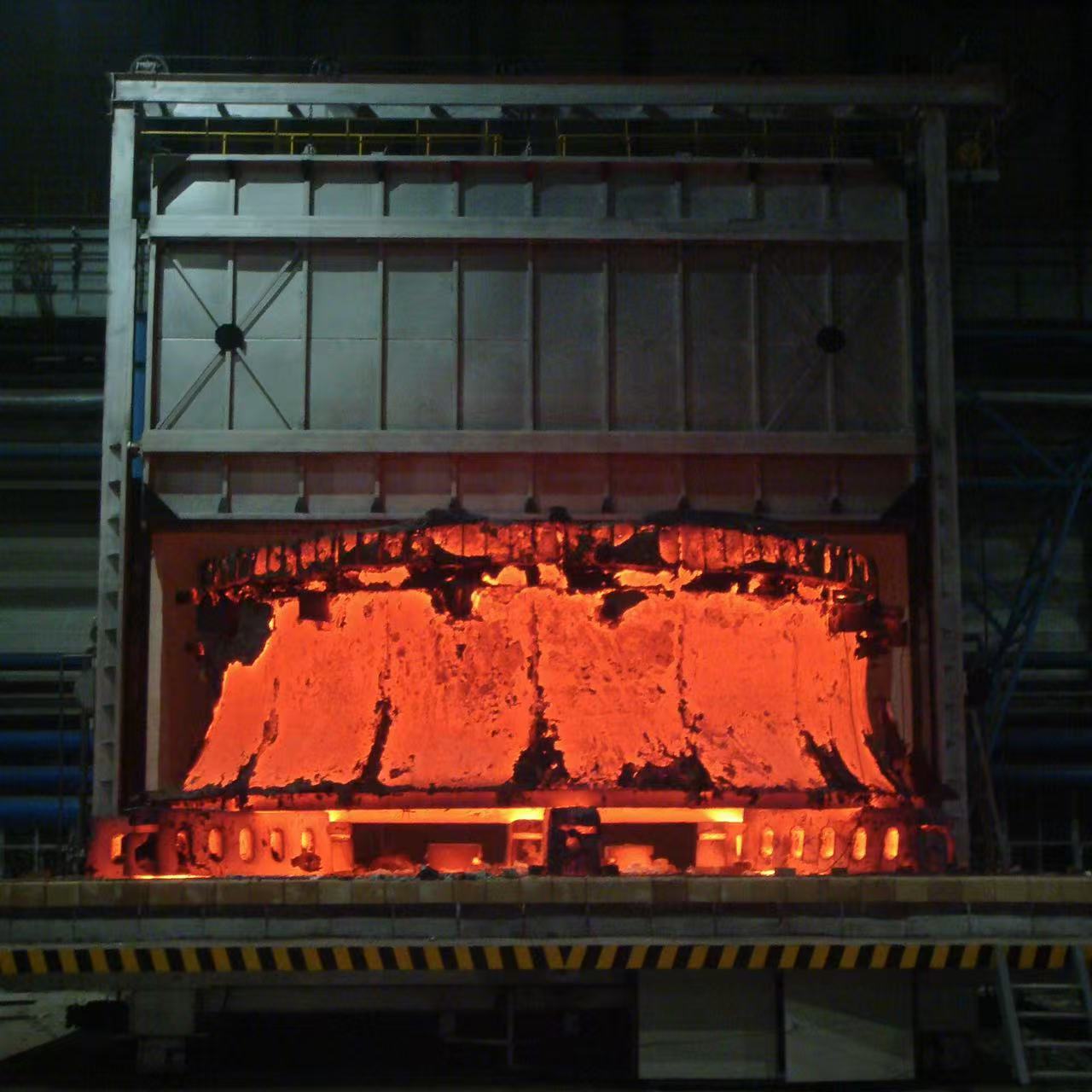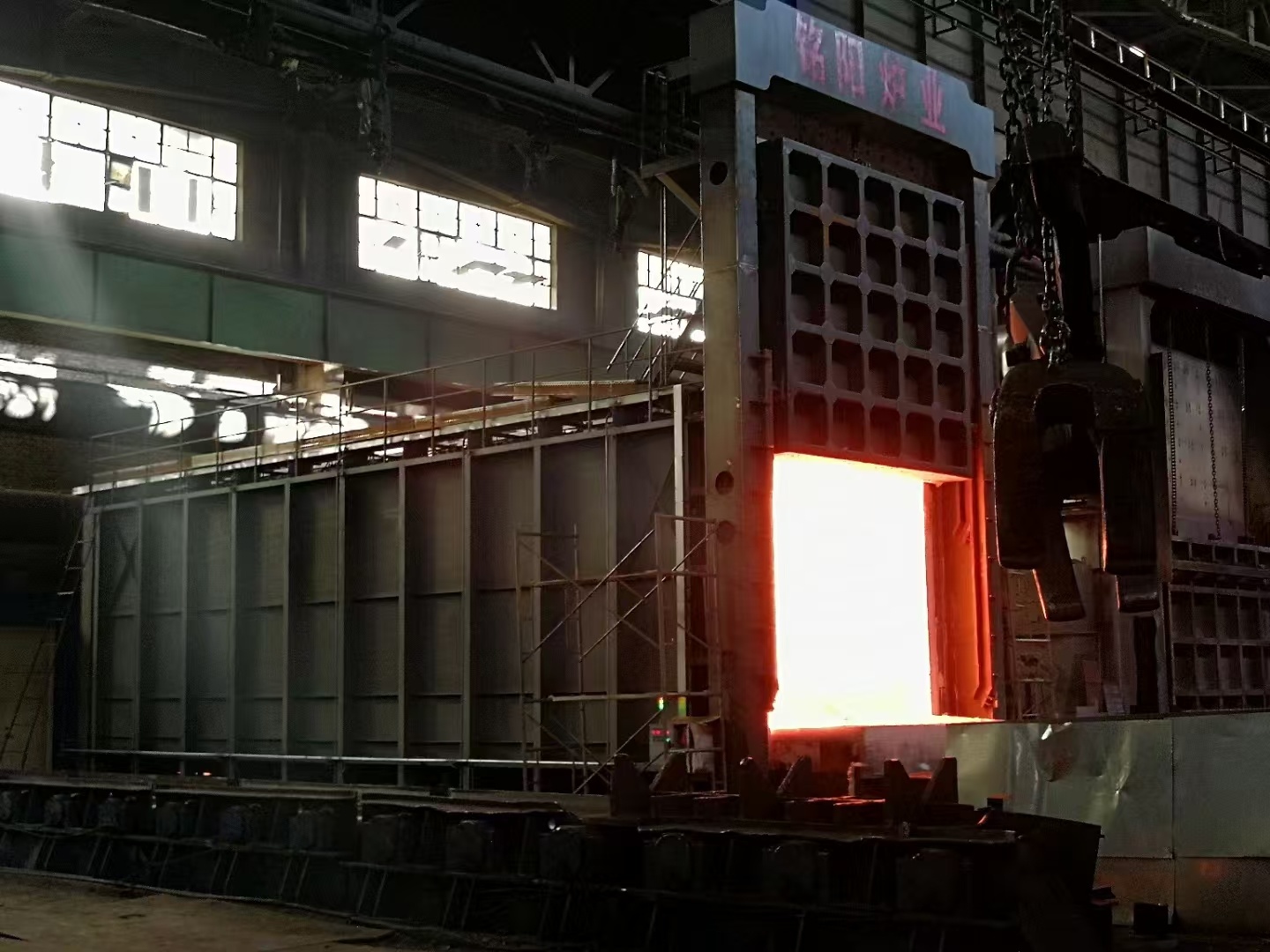


Elevate Your Heat Treatment Process with a Customized Quenching Tank
Elevate Your Heat Treatment Process with a Customized Quenching Tank
In the realm of industrial manufacturing, heat treatment processes play a crucial role in enhancing the performance and longevity of metal components. Among these processes, **quenching** stands out as a vital step that directly influences the mechanical properties of metals. To maximize the effectiveness of your heat treatment operations, integrating a **customized quenching tank** can be a game-changer. This article explores the significance of customized quenching tanks, their design considerations, benefits, and how they can elevate your heat treatment process.
Table of Contents
- The Importance of Quenching in Heat Treatment
- What is a Quenching Tank?
- Advantages of Customized Quenching Tanks
- Key Design Considerations for Quenching Tanks
- Types of Quenching Tanks: Which is Right for You?
- Maintenance Tips for Your Quenching Tank
- Case Studies: Real-World Applications
- Frequently Asked Questions (FAQs)
- Conclusion
The Importance of Quenching in Heat Treatment
Quenching is a heat treatment process that involves rapidly cooling a material, typically metal, from a high temperature to achieve desired mechanical properties. This process is essential for enhancing hardness, strength, and wear resistance. **The right quenching medium** and method can significantly affect the final properties of the treated materials. By understanding the critical role of quenching, manufacturers can identify the need for a customized quenching tank to optimize these processes.
What is a Quenching Tank?
A **quenching tank** is a specialized container used to hold the quenching medium—such as water, oil, or polymer solutions—during the cooling phase of heat treatment. The design and specifications of the tank can vary based on the materials being treated, the desired cooling rate, and the specific requirements of the manufacturing process. Customized quenching tanks are engineered to meet the unique demands of each operation, ensuring optimal performance and efficiency.
Advantages of Customized Quenching Tanks
Opting for a customized quenching tank offers numerous advantages that can enhance your heat treatment process:
1. Tailored Solutions for Specific Needs
Customized quenching tanks can be designed to meet specific operational requirements, including size, shape, and cooling medium. This ensures that the tank efficiently accommodates the materials being treated.
2. Enhanced Heat Transfer Efficiency
By optimizing the tank design, you can improve the heat transfer between the hot metal and the quenching medium, leading to more uniform cooling rates and improved metallurgical properties.
3. Increased Production Efficiency
With a system designed to your precise specifications, you can eliminate bottlenecks in your production line, maximizing throughput and reducing cycle times.
4. Improved Safety Features
Customized tanks can be equipped with advanced safety features such as temperature control systems, overflow protection, and automated shut-off mechanisms, ensuring safe operation.
5. Cost-Effective Operations
Investing in a customized quenching tank can lead to long-term savings by reducing maintenance costs, minimizing waste, and enhancing overall process efficiency.
Key Design Considerations for Quenching Tanks
When designing a customized quenching tank, several factors need to be considered to ensure optimal performance:
1. Material Selection
The choice of materials for constructing the quenching tank is crucial. It should be resistant to corrosion and wear, as it will be exposed to high temperatures and aggressive quenching media.
2. Size and Capacity
The tank's size should accommodate the largest workpieces without compromising the cooling efficiency. Consideration of the volume of the quenching medium is also essential.
3. Cooling Mechanism
Design features such as agitation systems or heating elements can be integrated to control the temperature of the quenching medium, ensuring consistency in the quenching process.
4. Accessibility and Maintenance
Designing the tank for easy access will facilitate routine maintenance and cleaning, which is vital for maintaining the quality of the quenching medium.
5. Safety Features
Incorporating safety features into the tank design, such as emergency shut-off systems and proper ventilation, is essential for ensuring safe operation and compliance with industry regulations.
Types of Quenching Tanks: Which is Right for You?
There are several types of quenching tanks, each with its own advantages:
1. Water Quenching Tanks
These tanks utilize water as a cooling medium, ideal for materials that require rapid cooling. They are commonly used in the hardening of steel.
2. Oil Quenching Tanks
Oil quenching tanks use oil as a medium, providing a slower cooling rate compared to water, which can prevent cracking in certain metals. They are often used for high-carbon steels.
3. Polymer Quenching Tanks
For specialized applications, polymer solutions can be used, offering unique cooling characteristics and reduced risk of distortion.
4. Automated Quenching Systems
Automated quenching tanks are designed for high-volume operations, integrating advanced control systems for monitoring and adjusting cooling parameters in real-time.
5. Custom Hybrid Tanks
For manufacturers with diverse needs, hybrid tanks can incorporate multiple cooling mediums, allowing flexibility in the heat treatment process.
Maintenance Tips for Your Quenching Tank
Maintaining your quenching tank is essential to ensure optimal performance and longevity. Here are some tips to keep in mind:
1. Regular Inspections
Conduct routine inspections to check for leaks, corrosion, and wear. Early detection can prevent costly repairs.
2. Monitor Quenching Medium Quality
Regularly test the quality of the quenching medium. Contaminants can affect cooling efficiency and lead to defects in treated materials.
3. Temperature Control
Implement temperature monitoring systems to ensure the quenching medium remains within the desired range for effective cooling.
4. Clean the Tank Periodically
Schedule periodic cleaning of the tank to remove residues and buildup that can affect the performance of the quenching medium.
5. Follow Manufacturer Guidelines
Always adhere to the maintenance guidelines provided by the tank manufacturer to ensure proper functionality and compliance with safety regulations.
Case Studies: Real-World Applications
To further illustrate the advantages of customized quenching tanks, here are a few case studies:
1. Automotive Industry
A leading automotive manufacturer implemented a customized quenching tank designed for rapid cooling of critical engine components. The tailored solution led to a 20% increase in production efficiency and significantly improved the mechanical properties of the components.
2. Aerospace Sector
An aerospace company required precise control over the quenching process to treat lightweight alloys. A custom hybrid quenching tank allowed for the use of both water and polymer solutions, resulting in improved dimensional stability and reduced defects.
3. Tool and Die Manufacturing
A tool manufacturer faced challenges with tool wear and performance. By investing in a specialized oil quenching tank, they enhanced the hardness and wear resistance of their tools, ultimately extending their lifespan by over 30%.
Frequently Asked Questions (FAQs)
1. What is the ideal quenching medium for steel?
The ideal quenching medium for steel typically depends on the specific type of steel and the desired properties. Water is common for rapid cooling, while oil is preferred for high-carbon steels to prevent cracking.
2. How does tank size affect the quenching process?
Tank size impacts the cooling rate and the capacity to handle larger workpieces. An appropriately sized tank ensures effective cooling and prevents overcrowding, which can lead to inconsistent results.
3. Can I use a customized quenching tank for different materials?
Yes, customizable quenching tanks can often be designed to handle various materials. Consideration of the properties of each material is crucial to determine the most suitable quenching medium.
4. What maintenance is required for a quenching tank?
Regular inspections, monitoring of the quenching medium, periodic cleaning, and adherence to temperature control guidelines are essential for maintaining a quenching tank's performance.
5. How can I determine if I need a customized quenching tank?
If you experience inconsistencies in heat treatment results or have unique operational requirements, it may be beneficial to evaluate the potential for a customized quenching tank designed to meet your specific needs.
Conclusion
Integrating a customized quenching tank into your heat treatment process can significantly enhance the quality and efficiency of your operations. By understanding the importance of quenching, investing in tailored solutions, and adhering to proper maintenance practices, manufacturers can achieve superior results in the mechanical properties of their products. As the industry continues to evolve, embracing innovative solutions like customized quenching tanks will undoubtedly pave the way for increased competitiveness and success in the market.


